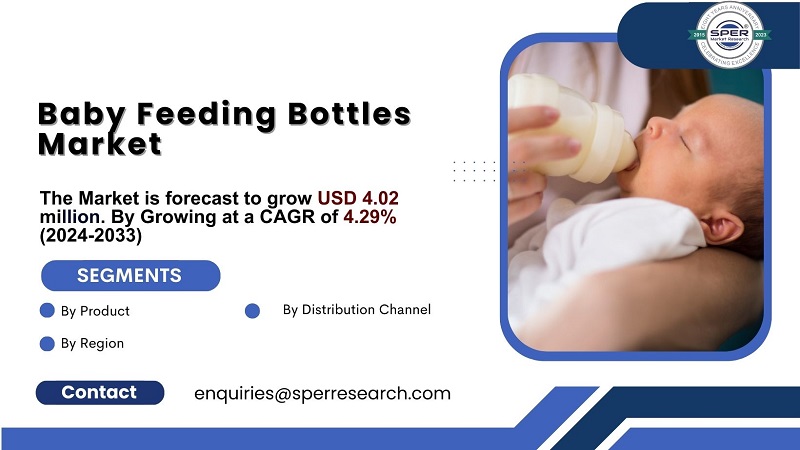Smart homes offer an excellent method of remotely accessing your home via a laptop, tablet, smartphone, or even a gaming console. Controlling elements such as lighting, temperature, security access, and home theater from the comfort of your own house when you’re not home but are still online is possible with a smart home. Everything in your smart home is connected by the internet, and you may set your device to automatically adapt for a home automation system at set intervals by programming it to do so. Smart homes not only improve energy efficiency but also reduce wasted energy use, which will reduce your utility costs. Key features include things like voice-activated assistants that can manage appliances with smartphones, security systems, thermostats, and smart lighting. Automation not only simplifies daily tasks but also promotes safer and more energy-efficient behaviors.
According to SPER Market Research, ‘South America Smart Home Market Size- By Device Type, By Housing Type – Regional Outlook, Competitive Strategies and Segment Forecast to 2033’ states that the South America Smart Home Market is estimated to reach USD 590.56 billion by 2033 with a CAGR of 20.41%.
Drivers:
The South American smart home industry is growing at a significant rate due to several key factors. Customers’ disposable incomes are rising due to rising middle class earnings and increased urbanization, enabling them to spend more on smart technology. People are become more aware of sustainability and energy efficiency, which is leading to a rise in the popularity of smart gadgets that reduce utility costs and environmental impact. Smart home solutions are becoming more accessible and easier to incorporate thanks to advancements in Internet of Things (IoT) technology. The COVID-19 pandemic has further accelerated this trend, as demand for smart home solutions has increased as a result of remote work and a growing focus on home comfort and security.
Restraints:
A primary hindrance to the market’s growth is the heightened potential for cyberattacks in advanced connected technology. The technology is vulnerable to security risks from every connected endpoint. Since smart technology powers every system and gadget in the home, if it is not properly secured, hackers could obtain sensitive information. Chip interface technology designers, developers, and licensers are vulnerable to cyberattacks on over 80% of Internet of Things (IoT) devices. Connecting traditionally “standalone” smart devices, such as locks, appliances, and lights, brings with it a host of new cyber security challenges. Several startled parents discovered that even connected baby monitors can be the target of hacks after hackers communicated with their young children via a compromised gadget.
Request for Free Sample Report @ https://www.sperresearch.com/report-store/south-america-smart-home-market.aspx?sample=1
The COVID-19 pandemic significantly impacted South America’s smart home sector, which raised demand for home automation solutions. People are searching for ways to increase the effectiveness, comfort, and security of their houses as lockdowns and remote work become more frequent occurrences. This shift increased interest in smart devices including energy management software, smart lighting, and security systems. The epidemic also raised public awareness of health and hygiene, which spurred advancements in smart home devices that improve quality of life.
The Brazil dominates the South America Smart Home Market due to its significant population and urbanization rate. Major players in the market are Amazon, Google, Honeywell, IBM, LG Electronics, Philips, Samsung, Schneider Electric and Others.
South America Smart Home Market Segmentation:
By Device Type: Based on the Device Type, South America Smart Home Market is segmented as; Safety and Security Devices, Energy and Water Control, Climate Control, Lighting Control, Consumer Electronics, Others.
By Housing Type: Based on the Housing Type, South America Smart Home Market is segmented as; Multifamily Dwelling, Single-family Dwelling.
By Region: This research also includes data for South America, Brazil, Argentina, Rest of South America.
For More Information, refer to below link: –
South America Smart Home Market Forecast
Related Reports:
Follow Us –
LinkedIn | Instagram | Facebook | Twitter
Contact Us:
Sara Lopes, Business Consultant – USA
+1-347-460-2899









